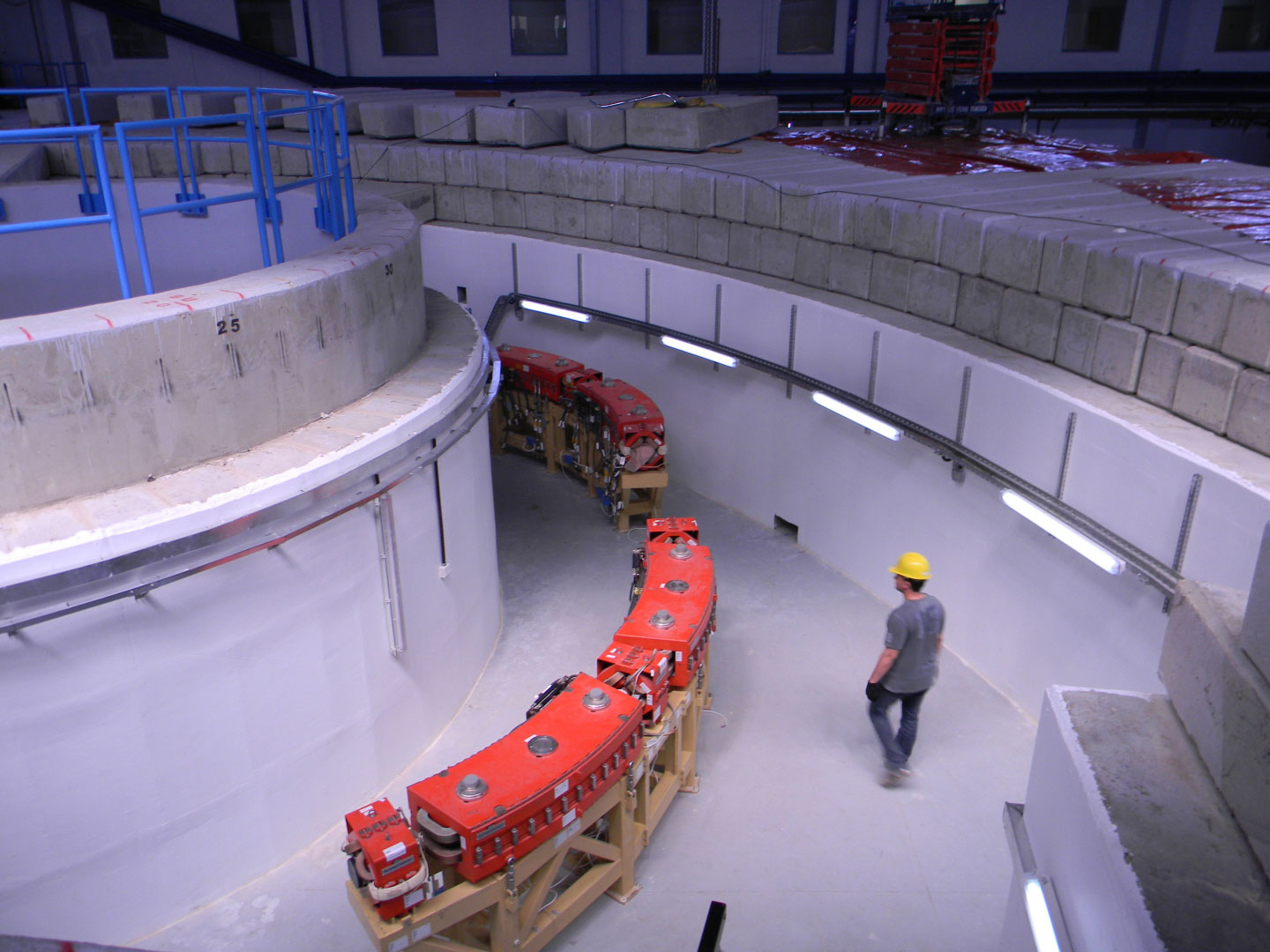The European Commission and CERN have today agreed to support the construction of SESAME (Synchrotron-light for Experimental Science and Applications in the Middle East), one of the most ambitious research facilities in the Middle East. SESAME is a synchrotron light source, functioning in effect like a giant microscope. It will allow researchers from the region to investigate the properties of advanced materials, biological processes and cultural artefacts. SESAME is a unique joint venture based in Jordan that brings together scientists from its members Bahrain, Cyprus, Egypt, Iran, Israel, Jordan, Pakistan, the Palestinian Authority and Turkey. Alongside its scientific aims, the project aims to promote peace in the region through scientific cooperation.
The support will be offered under the framework of the CESSAMag project.
European Commissioner for Research, Innovation and Science, Máire Geoghegan-Quinn, says: "We are very happy to join forces with CERN to support one of the most exciting scientific projects in the Middle East. The SESAME facility will not only offer researchers from the region state-of-the-art facilities, it will draw attention to the big advances that can be achieved in the region through peaceful cooperation."
The Director of SESAME, Khaled Toukan, says: “Construction of SESAME is progressing well and we now want the scientific programme to begin as soon as possible. The very welcome help of CERN, with the generous support of the EU, will enable this.”
Through the agreement announced today, the Commission will contribute €5 million, allowing CERN, working with SESAME, to supply SESAME with magnets for a brand new electron storage ring, the heart of the facility. This will pave the way for SESAME to begin commissioning in 2015. In addition to this, the European Commission has already contributed more than €3 million to the project through the European Neighbourhood and Partnership Instrument, and by supporting the SESAME networking, computing and data handling systems.
“SESAME is one of the most important projects in the world right now,” says CERN Director-General Rolf Heuer, “with its close parallels to the origins of CERN, I am very happy that we are able to make this important contribution to the young laboratory’s success.”
Construction of SESAME, based in Jordan, started in 2003. Like CERN, SESAME was established under the auspices of the United Nations Educational, Scientific and Cultural Organization (UNESCO). A key impetus to launching SESAME was the donation of components from the BESSY laboratory in Berlin, Germany. Since then, a growing community of local scientists has been working closely with partner facilities from around the globe, and several other laboratories have contributed to making the SESAME facility world-class.
- More about SESAME
- "SESAME: A source of light in the Middle East" - a TEDxCERN talk by Eliezer Rabinovici and Zehra Sayers
- "SESAME: Opening doors through science" - Quantum Diaries post from April 2012
- CESSAMag project website

